Join Vietravel to learn about 10 famous craft villages of Hanoi, where each product is a work of art, each artisan is a storyteller with his skillful hands. From the delicate carvings on wood to the soft lines on silk, we will listen to the whispers of history and feel the breath of the present blending into each handicraft product.
1. Bat Trang Pottery Village
Bat Trang pottery village is over 500 years old (Photo source: Collected)
When talking about traditional craft villages in Hanoi , one cannot help but mention Bat Trang - a traditional craft village that has existed for more than 500 years. Located about 13km from the city center, Bat Trang is like a hidden gem in the Northern Delta, attracting many tourists from near and far.
After Thang Long became the capital, ceramic artisans came to this land to create sophisticated products to serve the needs of kings, mandarins and people. Through the ups and downs of history, Bat Trang craft village still retains its traditional beauty and constantly develops, becoming one of the largest ceramic production centers in the country.
Coming to Bat Trang, visitors will have the opportunity to explore a colorful world of ceramics. The narrow, winding village roads, flanked by ancient houses with moss-covered walls, bring a sense of peace and relaxation. The sound of hammers hitting the clay, the sound of carts rotating evenly create a typical symphony of the craft village.
2. Ha Thai lacquer village
The talent of the artisans of Ha Thai lacquer village (Photo source: Collected)
No less famous is Ha Thai lacquer village, where lacquer art has become the pride of the people. Ha Thai village, located in Thuong Tin district, Hanoi, has long been the cradle of lacquer craft. Here, lacquer products have a unique and distinct style with a combination of traditional lacquer techniques and contemporary art. The colors and patterns on each product are not only eye-catching but also carry deep cultural and religious meanings of the Vietnamese people. Ha Thai lacquer has long been famous in the international market, a testament to the ingenuity and constant creativity of the craftsmen.
3. Chuong conical hat making village
Chuong Village Conical Hat - A place to honor the beauty of Vietnamese women (Photo source: Collected)
When talking about traditional craft villages in Hanoi, we cannot fail to mention Chuong conical hat making village. Chuong village is located in Thanh Oai district, one of the oldest and most famous conical hat making villages in the country. The image of the conical hat has become a symbol of Vietnamese women, associated with the simple and peaceful life in the countryside.
Through many generations, the people of Chuong village have diligently preserved and developed the craft of making conical hats, from selecting materials, processing leaves to sewing the hats, all done by hand with meticulousness and sophistication. Chuong conical hats are not only an item to protect from the sun and rain, but also an indispensable part of traditional costumes, honoring the graceful beauty of Vietnamese women.
4. Ngu Xa bronze casting village
Ngu Xa bronze casting village, where the characteristics of Vietnamese bronze casting are preserved (Photo source: Collected)
Another traditional craft village in Hanoi that has contributed to the reputation of the capital is Ngu Xa bronze casting village, located right on the banks of the Red River. Ngu Xa has long been known as the cradle of bronze casting, with unique and artistic products. Bronze casting here has existed for hundreds of years, and Ngu Xa people from generation to generation have maintained and developed the traditional craft. Bronze casting products such as incense burners, bells, and Buddha statues are created with skillful techniques and high precision, each product is a work of art carrying the breath of traditional culture.
5. Van Phuc Silk Village
Van Phuc silk village is famous for its traditional silk weaving (Photo source: Collected)
Van Phuc silk village, located in Ha Dong, not far from the center of Hanoi, has long been famous for its silk weaving. Van Phuc silk used to be a high-class product for the aristocracy in the royal court, but has now become an indispensable part of the traditional costume of the Vietnamese people.
Each soft, shiny silk woven by the skillful hands of Van Phuc village craftsmen brings a delicate and luxurious beauty. The softness and durability of Van Phuc silk comes not only from the material but also from the careful selection and weaving process. That is what has helped Van Phuc silk maintain its reputation and dominate the domestic and foreign markets.
6. Quat Dong embroidery village
Quat Dong embroidery village keeps the traditional embroidery craft alive (Photo source: Collected)
Not far from Hanoi, Quat Dong embroidery village in Thuong Tin district is a traditional craft village in Hanoi famous for its exquisite hand-embroidered products. The hand-embroidering craft in Quat Dong dates back to the Le Dynasty, founded by the founder of the craft, Le Cong Hanh, and taught to the villagers. The embroidery works here are not only traditional costumes but also artistic embroidery paintings, with delicate and vivid lines. Quat Dong embroiderers have skillfully combined traditional and modern embroidery techniques, creating products of high artistic value and great economic value.
7. Vong green rice making village
Com lang Vong is an indispensable part of Hanoi's autumn (Photo source: Collected)
Another craft village that is also closely associated with the image of Hanoi is the village of making Com Vong, which produces delicious Com grains, associated with Hanoi's autumn. Vong village is located in Cau Giay district, famous for its long-standing Com making craft. Every autumn, the scent of Com spreads throughout the streets, bringing the breath of the Northern countryside to the heart of the capital. Com Vong is made from young sticky rice grains, through many complicated stages such as roasting, pounding, and sifting to create fragrant, sweet and rich-flavored Com grains. Com Vong is not only a gift from the countryside but also a symbol of Hanoi's culinary culture.
8. Son Dong Sculpture Village
Artisans "breathe life" into wood (Photo source: Collected)
Wood carving is also an indispensable part of Hanoi's traditional culture, and Son Dong sculpture village is the place that keeps the fire burning for this profession. Son Dong village, located in Hoai Duc district, is famous for wood carving and the production of wooden statues and worship items. Sculptures from Son Dong village not only have aesthetic value but also carry the spiritual and religious values of the Vietnamese people. Through the skillful hands of artisans, lifeless blocks of wood have become vivid works of art, full of soul and spirit.
9. Dao Thuc Water Puppet Village
People who preserve the soul of traditional art (Photo source: Collected)
Another unique cultural feature of Hanoi is Dao Thuc water puppetry village, where the art of water puppetry has become the pride of the villagers. Dao Thuc village, located in Dong Anh district, has preserved and developed the art of water puppetry for hundreds of years. Water puppetry is not only a form of entertainment but also a means to convey historical stories and folk culture through vivid wooden puppets. The art of water puppetry in Dao Thuc village not only serves domestic tourists but is also performed in many countries around the world, contributing to promoting Vietnamese culture internationally.
10. Chuon Ngo mother-of-pearl inlay village
Unique works of Chuon Ngo mother-of-pearl inlay village (Photo source: Collected)
Last on the list of traditional craft villages in Hanoi is Chuon Ngo mother-of-pearl inlay village, where the art of mother-of-pearl inlay has developed and existed for hundreds of years. Chuon Ngo, located in Phu Xuyen district, is a craft village specializing in making mother-of-pearl inlay products on wood, with meticulous and elaborate techniques. Mother-of-pearl inlay not only requires patience and sophistication but also a high aesthetic eye. Each mother-of-pearl inlay product from Chuon Ngo village is a work of art with unique patterns and motifs, created from shimmering mother-of-pearl pieces.
Each traditional craft village in Hanoi is a living page, recording the mark of time and the soul of Hanoi. When we touch those exquisite handicrafts, we not only touch the material, but also the souls of the artisans, who have been writing the endless story of a thousand-year-old Hanoi. Let our hearts beat to the rhythm of the traditional craft villages, so that each of us can become a part of the eternal story of the thousand-year-old capital.
Source: https://www.vietravel.com/vn/am-thuc-kham-pha/lang-nghe-truyen-thong-o-ha-noi-v15803.aspx


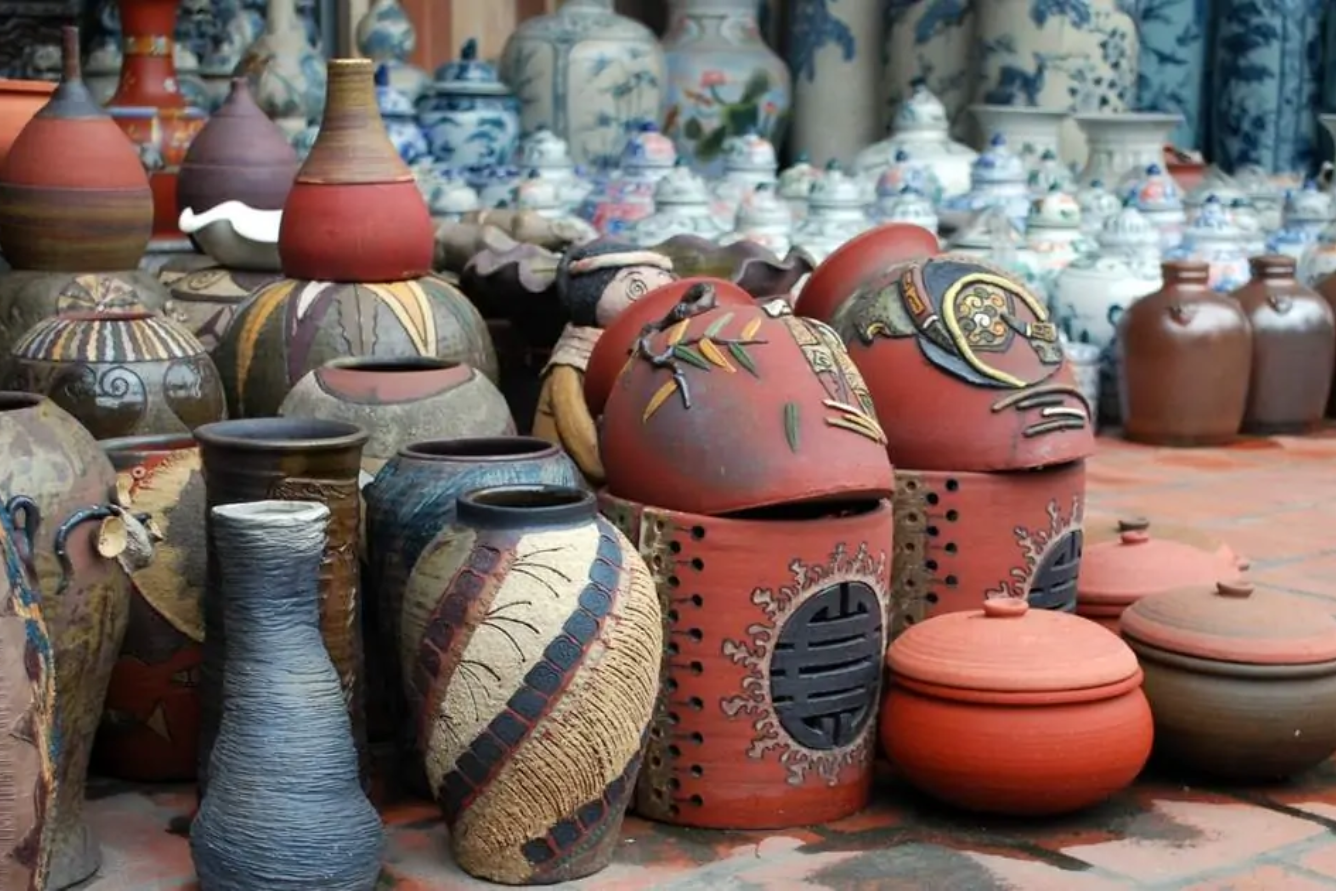
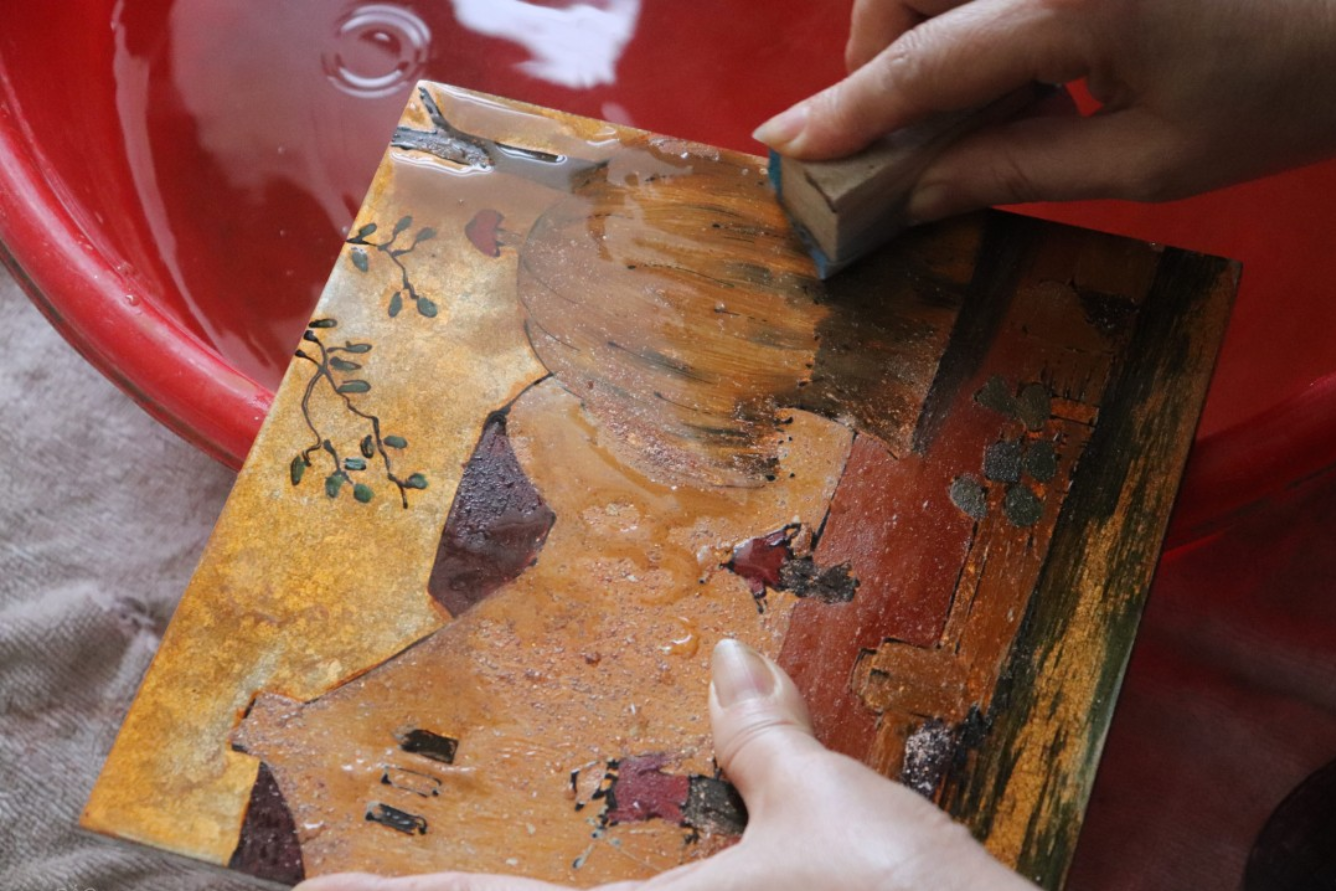
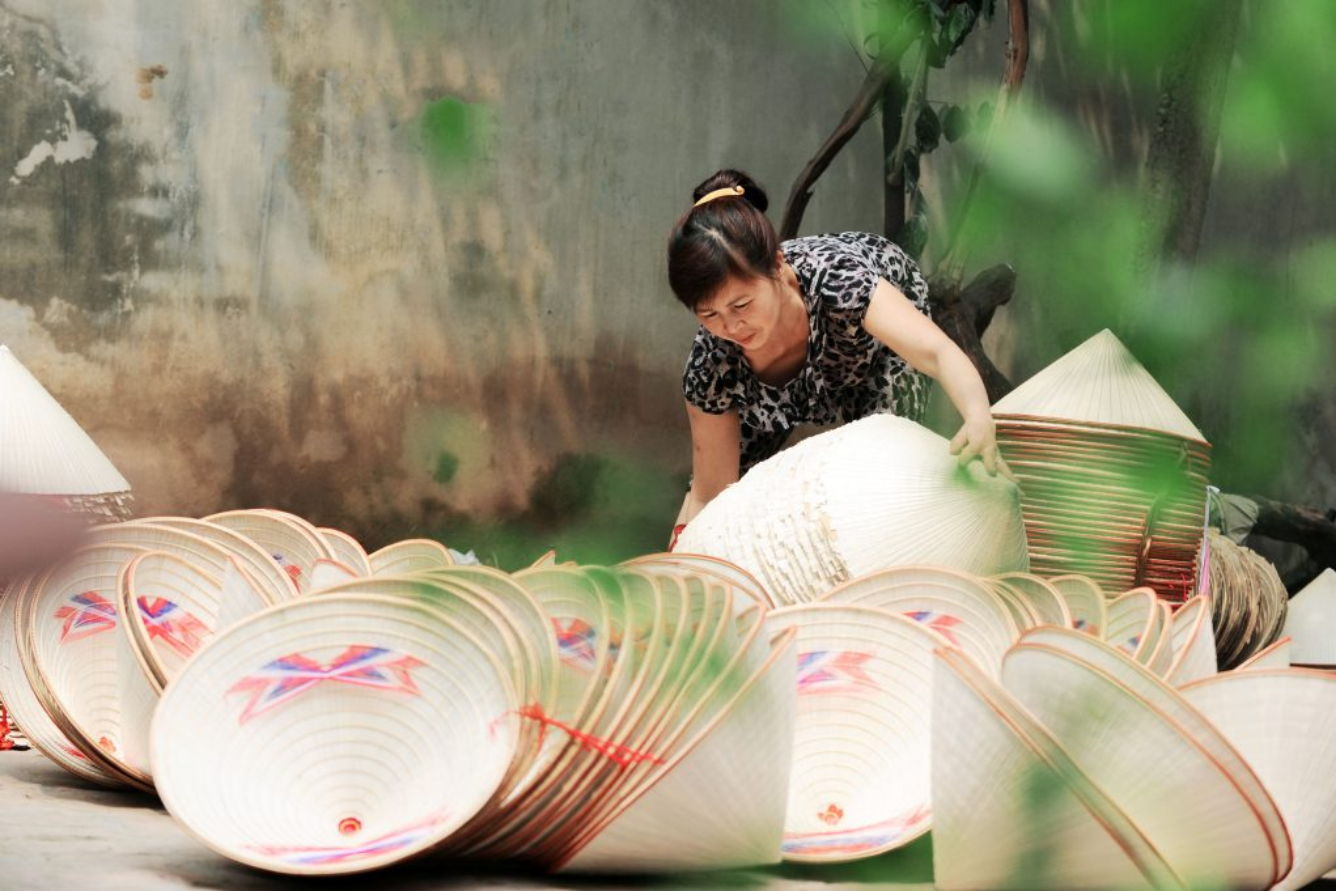
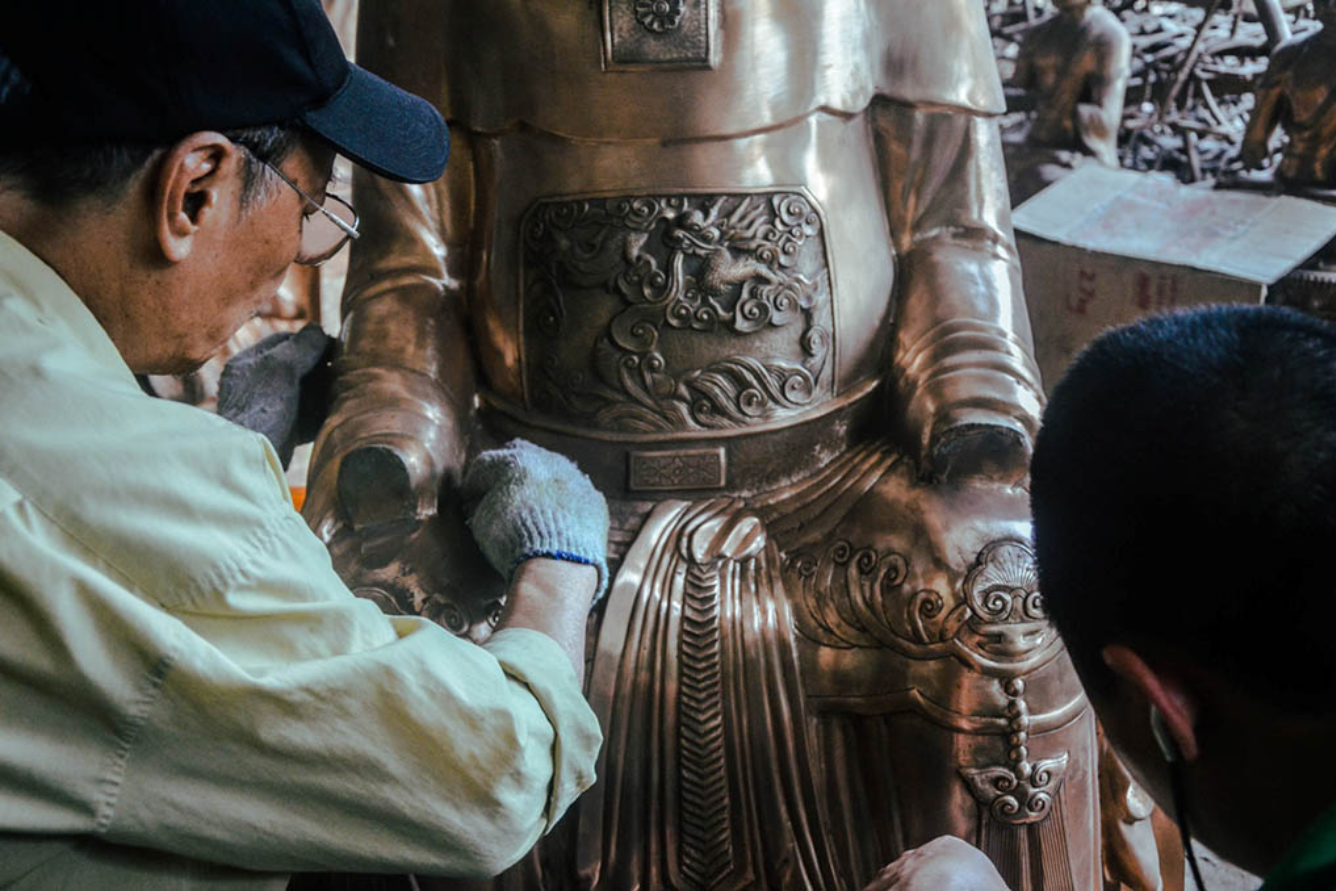
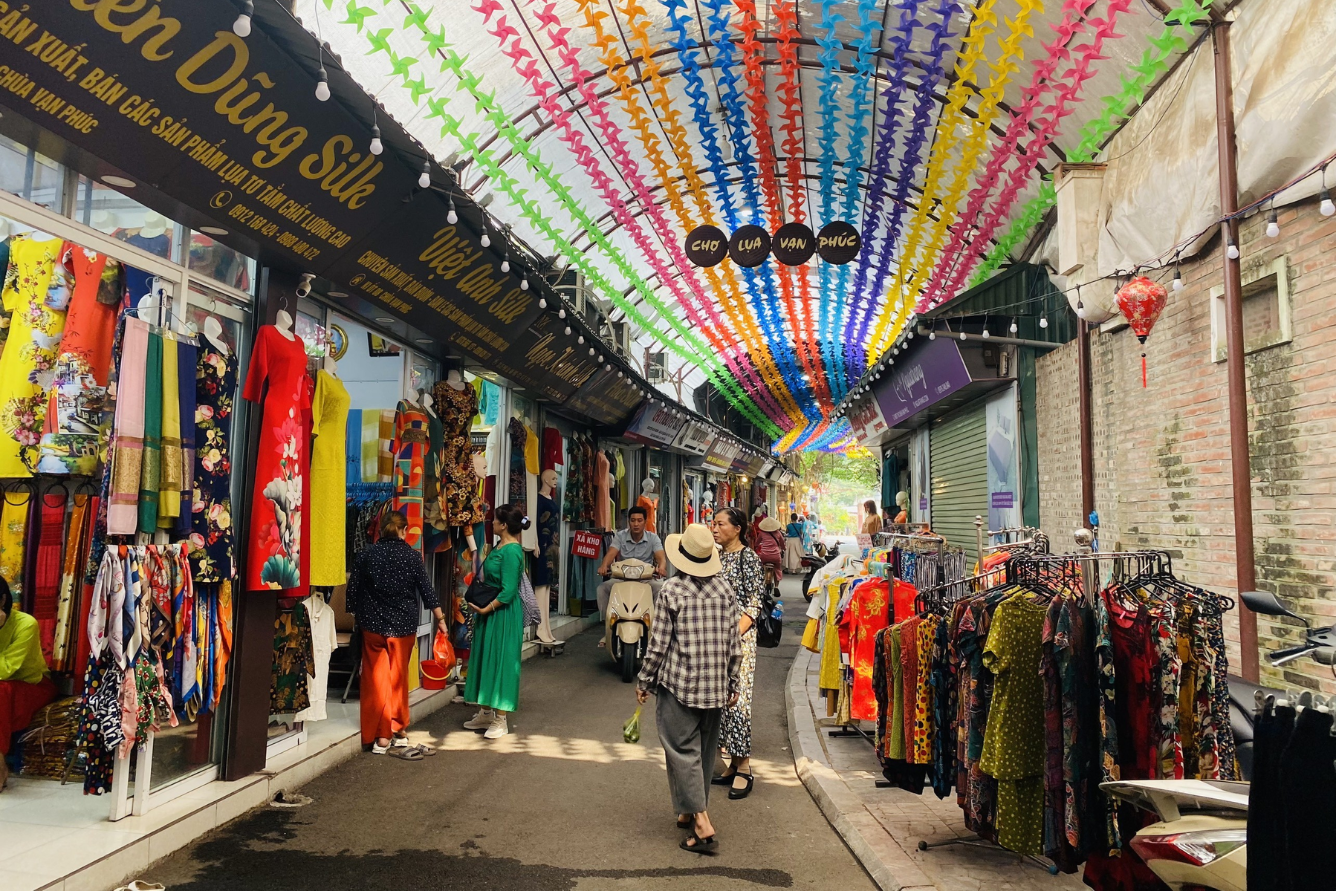
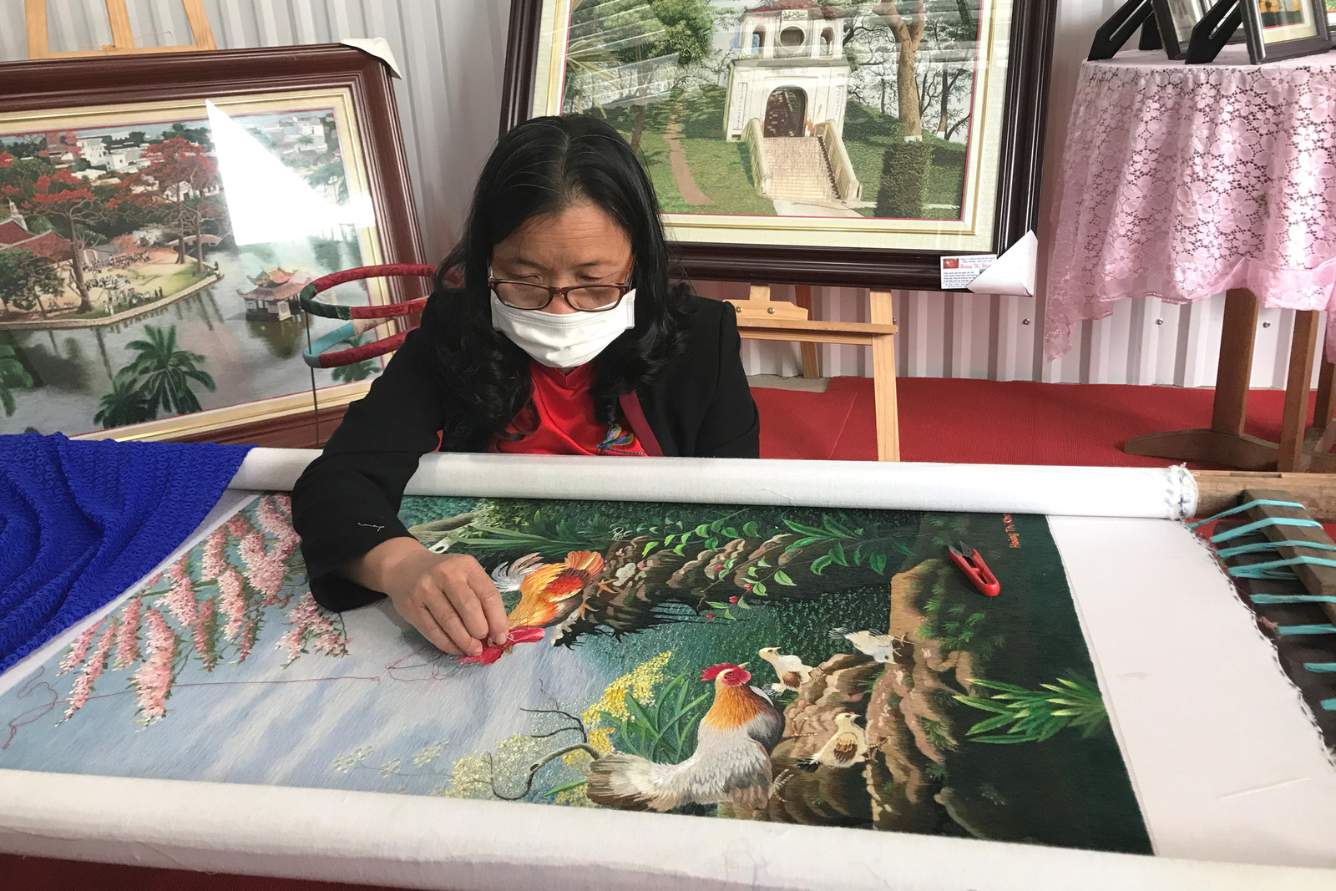
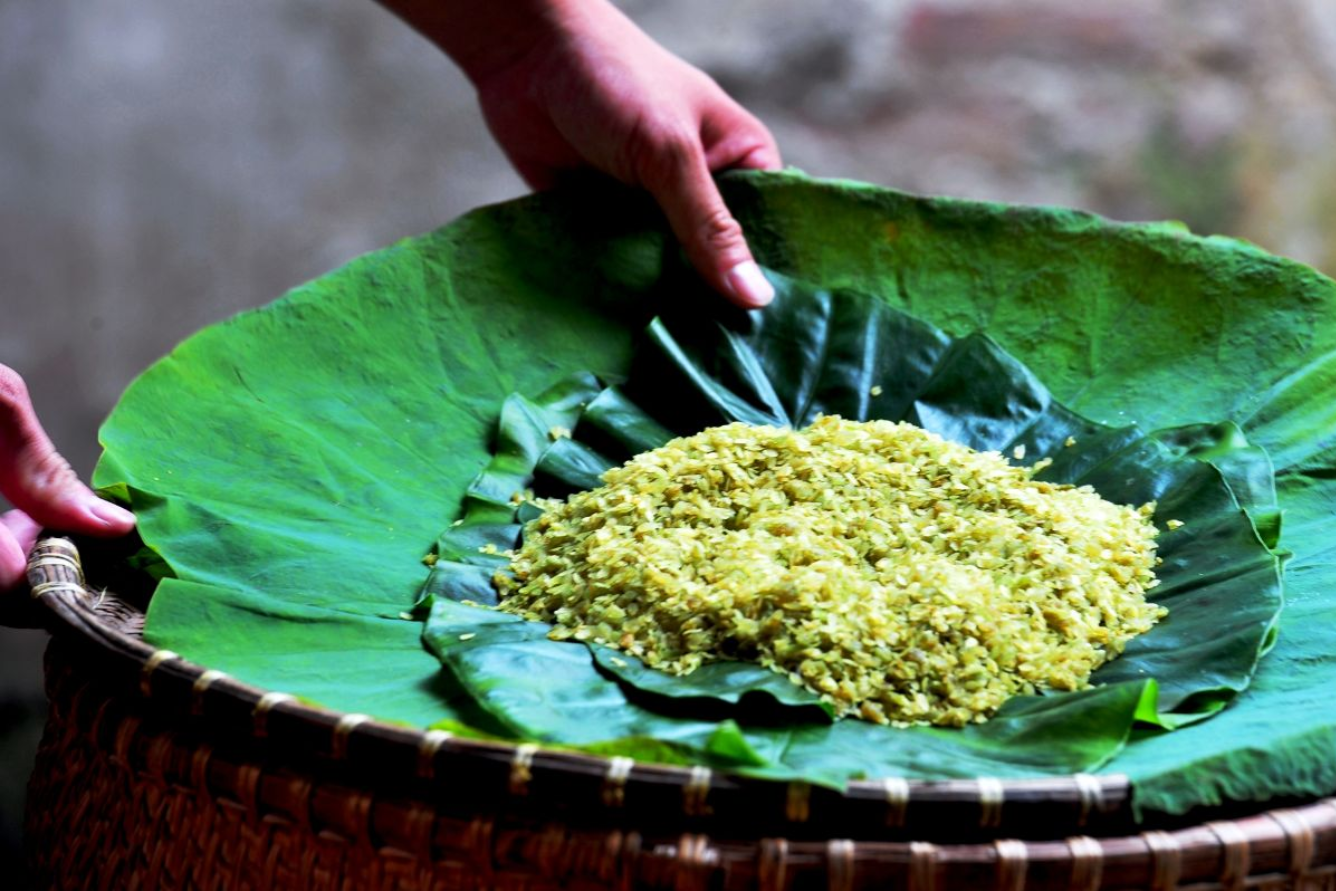
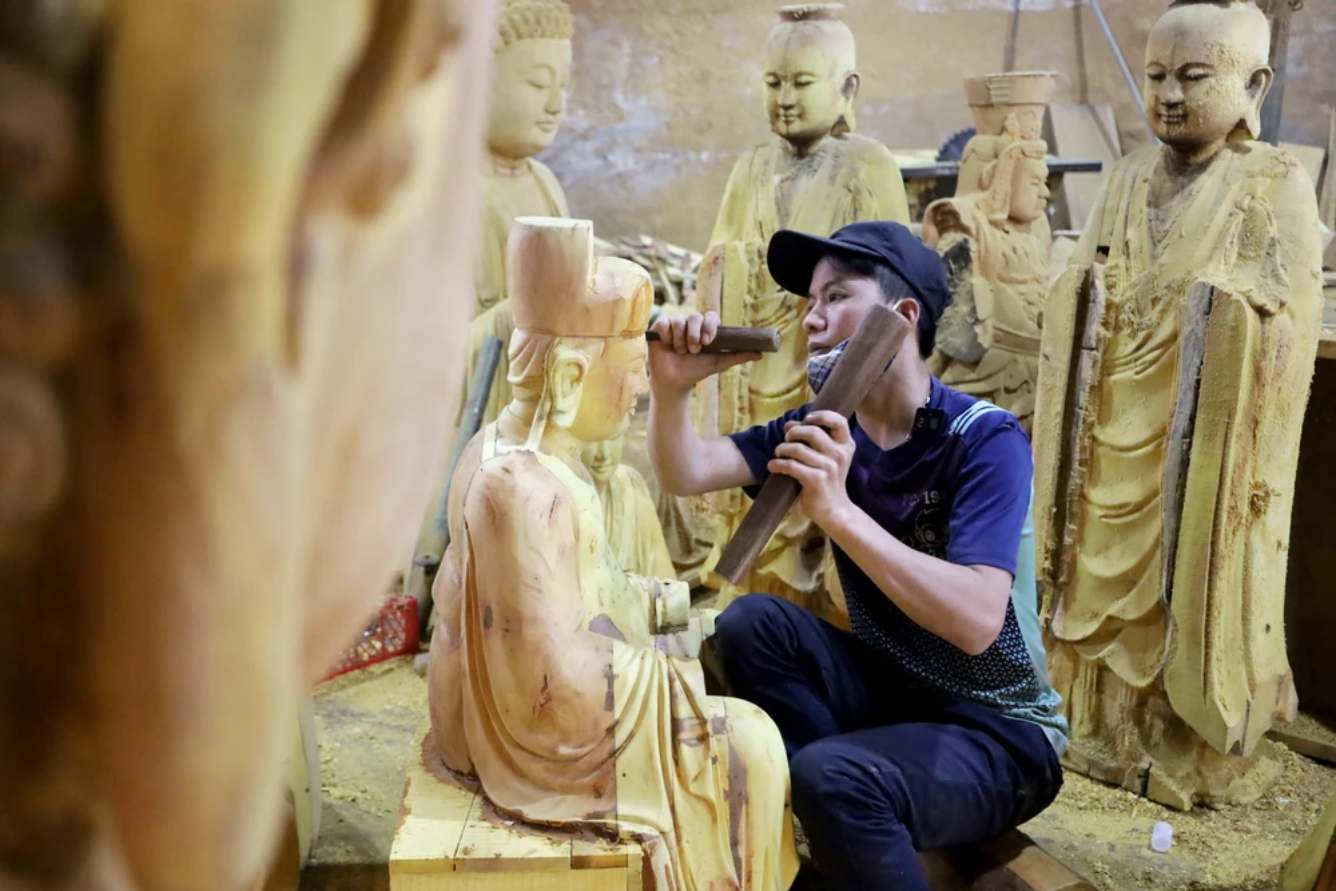
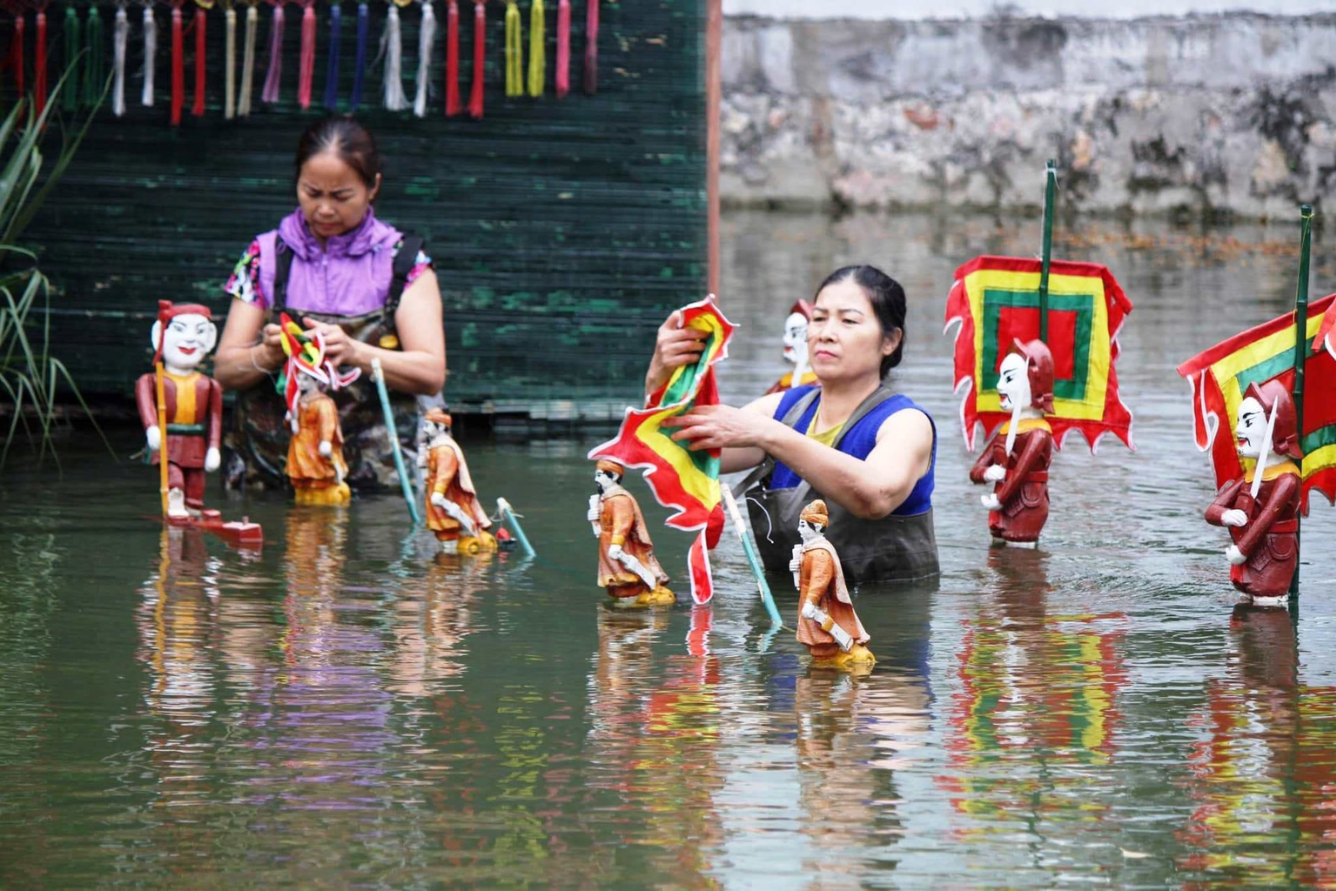
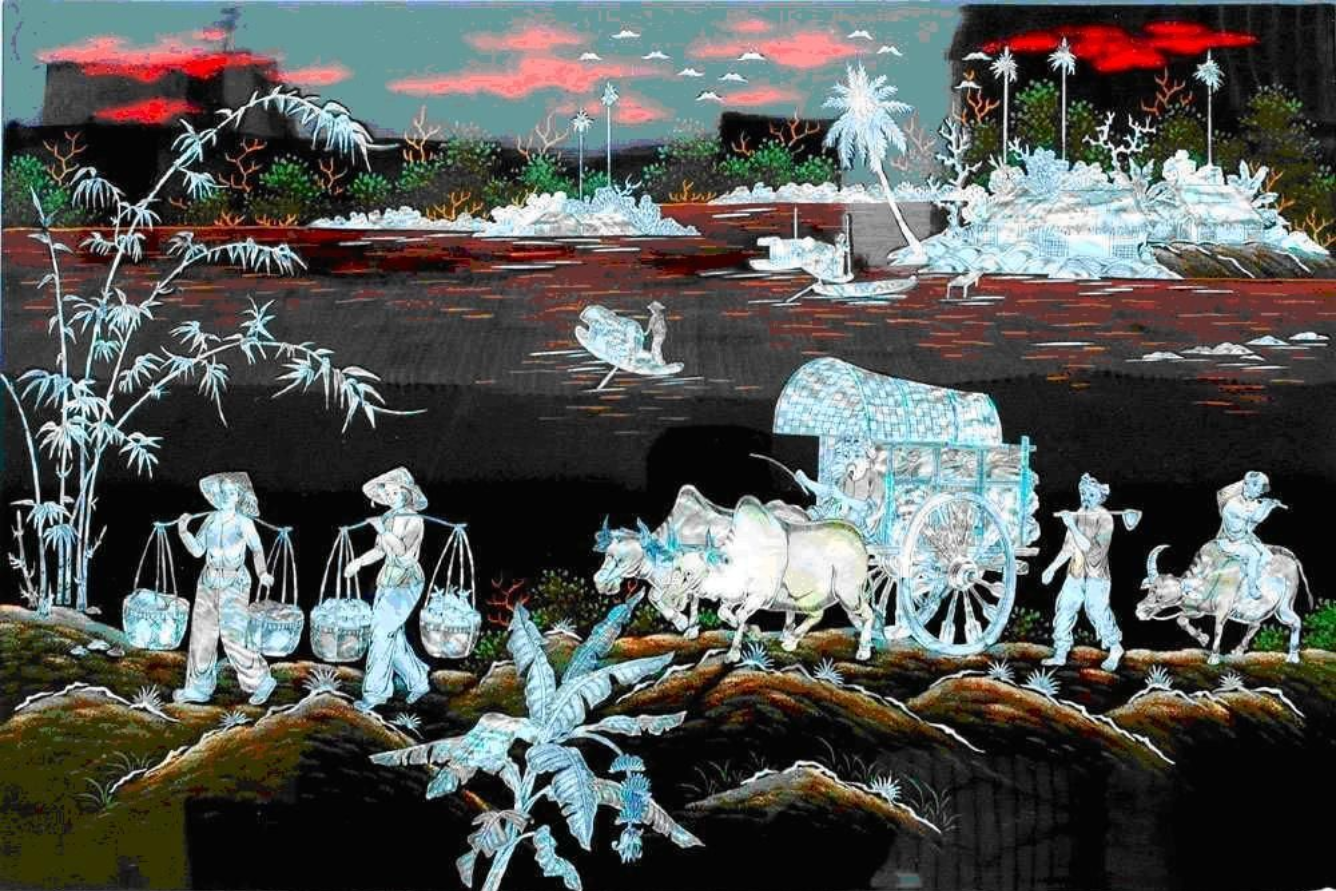
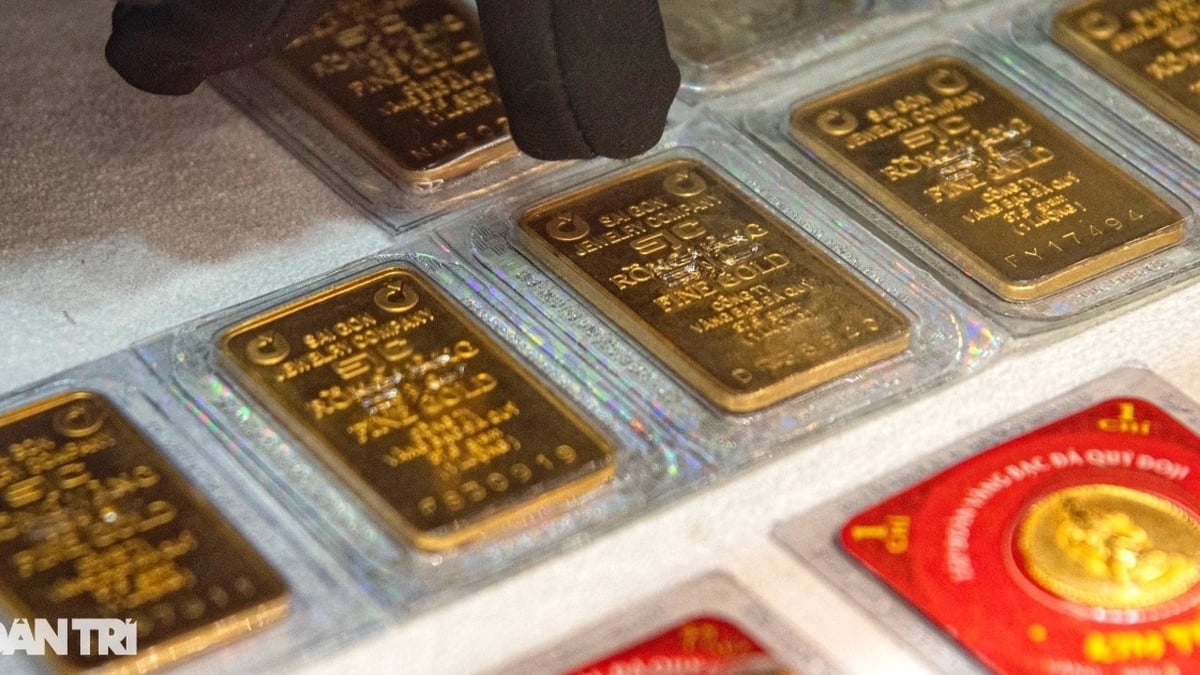






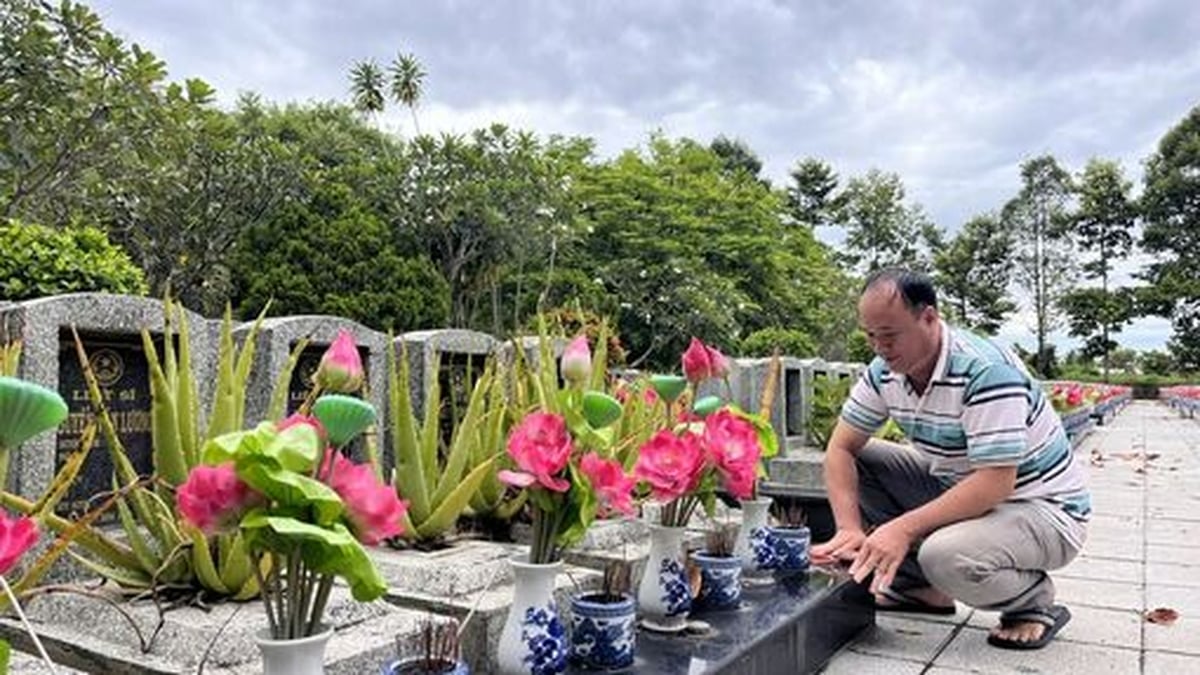































































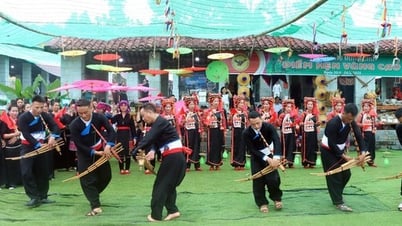












![[Infographic] In 2025, 47 products will achieve national OCOP](https://vphoto.vietnam.vn/thumb/402x226/vietnam/resource/IMAGE/2025/7/16/5d672398b0744db3ab920e05db8e5b7d)














Comment (0)